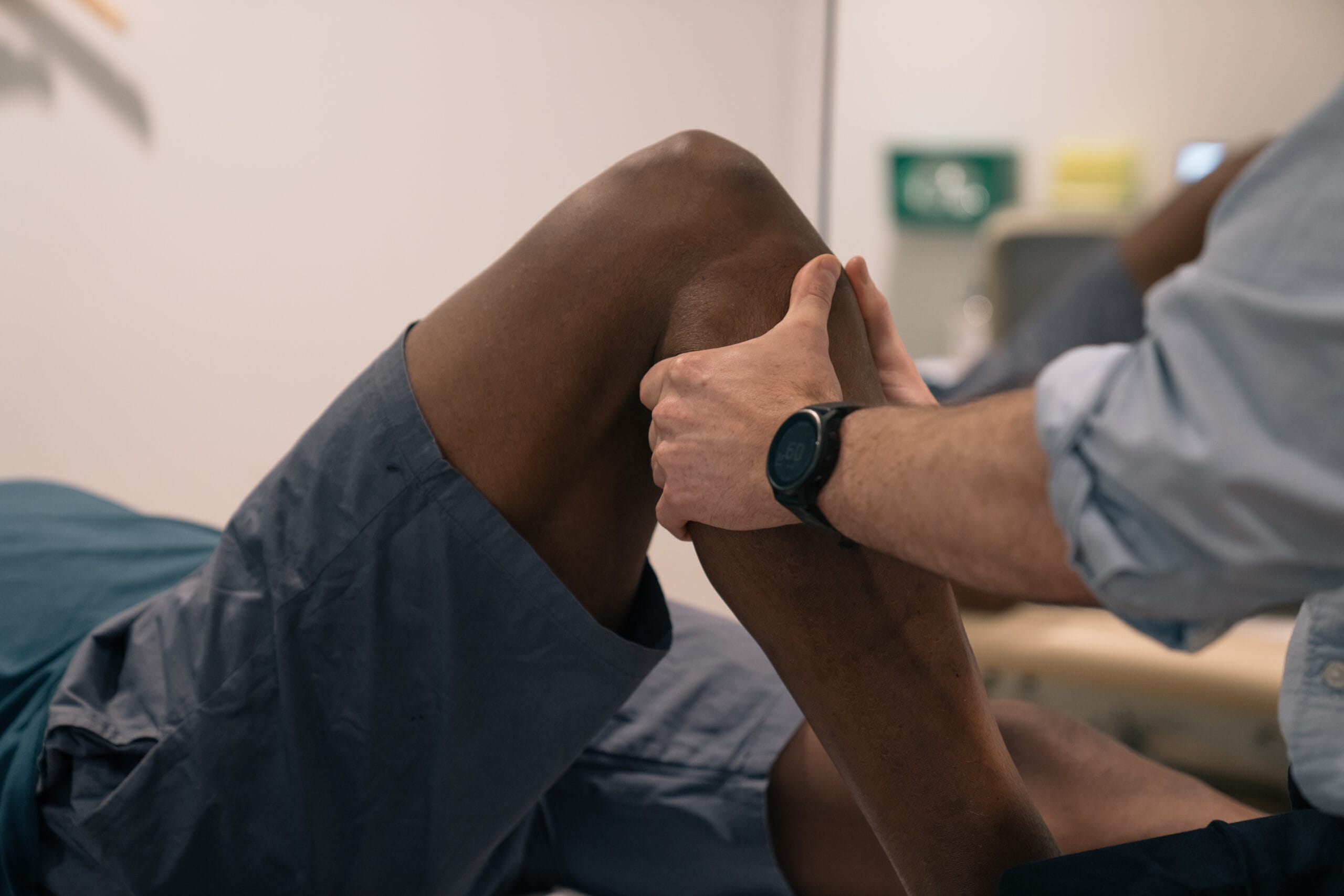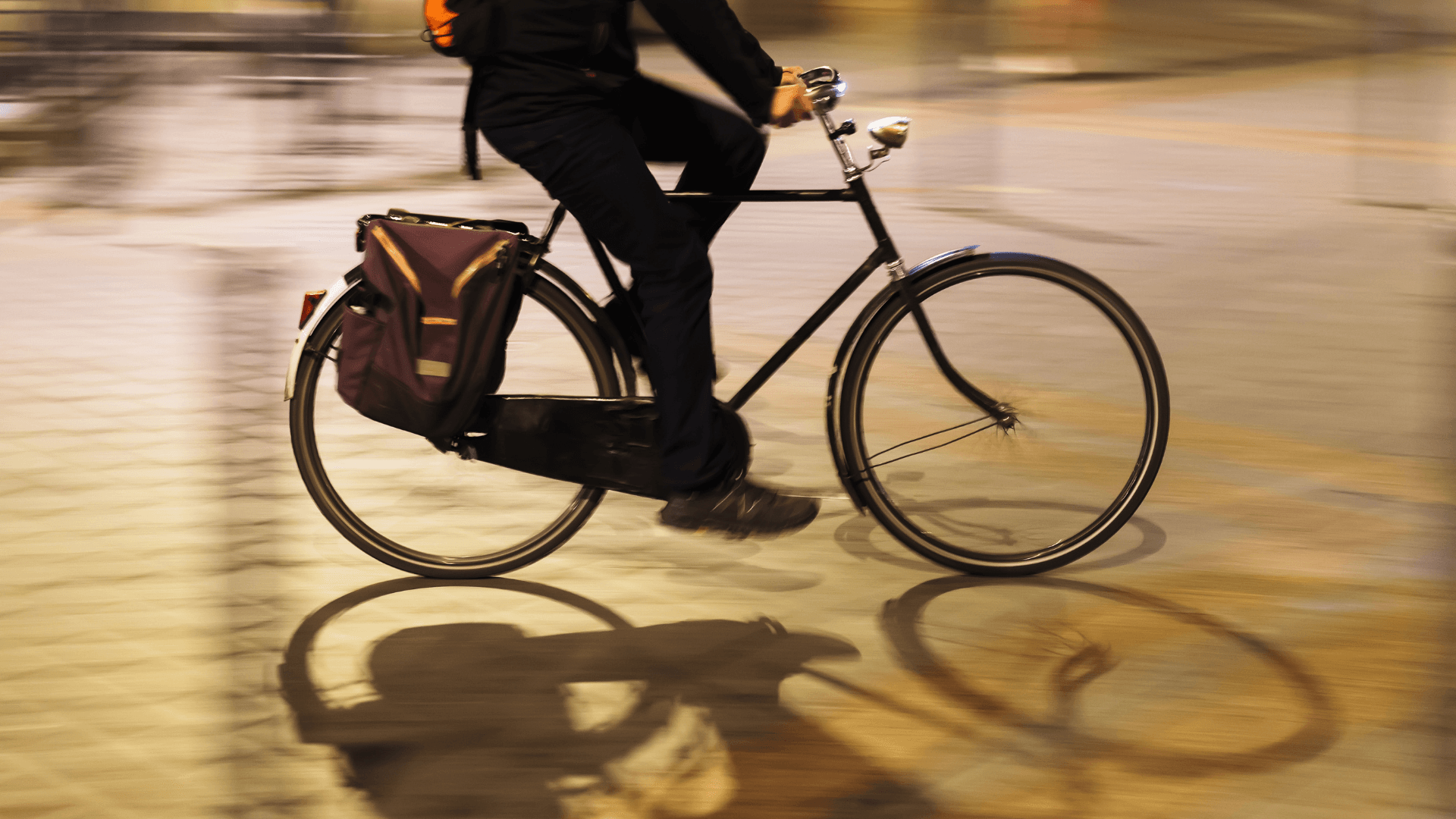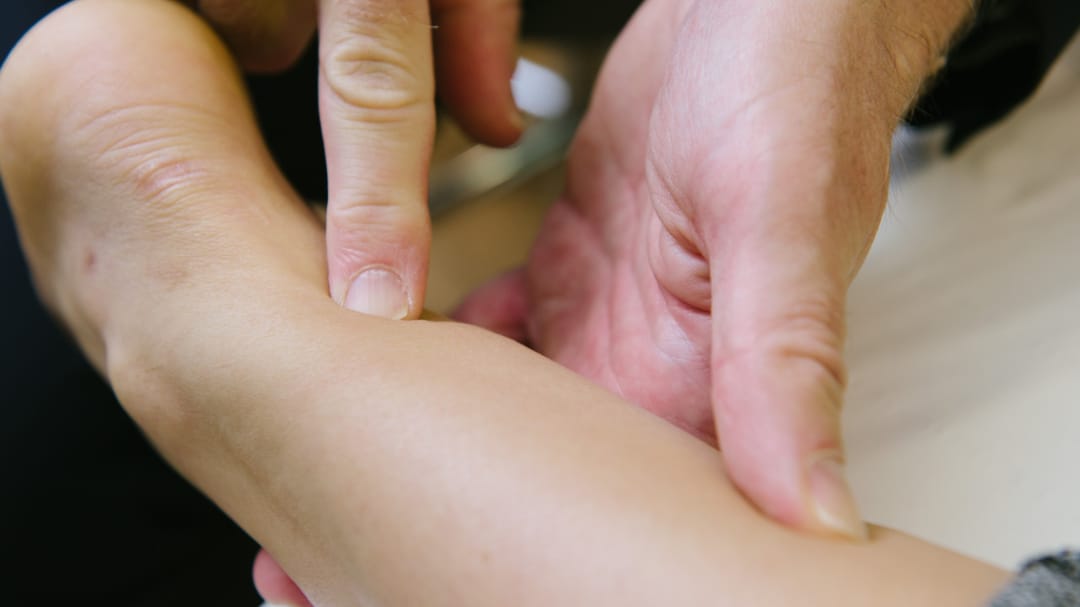Knee Pain in Cyclists. What You Need to Know

Pure Sports Medicine
- 21 September, 2018
- knee pain
- Cycling
- Pain Management
- 2 min read
Anterior knee pain is by far the most common reason why cyclists seek medical care, accounting for 32% – 60% of overuse injuries in professional cyclists. (Dettori 2006; Barrios, Sala, Terrados & Valenti 1997)

Knee Pain After Bike Rides? Why?
The force at the foot during cycling is only 17-19% of the vertical force during running (Farell, Reisinger & Tillman 2003), meaning the major contributor to anterior knee pain in cyclists is repetition. The repetitive flexion and extension of the knee during 1000s of revolutions can irritate the medial plica and soft tissues as they slide over the medial aspect of the thighbone (figures 1 &2). Symptomatic plica may also arise secondary to acute trauma (ie a crash).
Diagnosis
Medial plica syndrome usually presents with a superficial, local, dull ache in the anterior medial aspect of the knee. Pain is often accompanied by a snapping or clicking sensation over the medial femoral condyle (thighbone). A symptomatic thickened plica may be palpated over the medial aspect of the thighbone while the patient flexes and extends the knee. There may also be a small amount of swelling/puffiness in the region.
Imaging (MRI, Ultrasound) usually reveals nothing, but may be useful in excluding other pathologies.
Treatment
Initial treatment involves pain relief, reduction of inflammation and limiting aggravating activities. Anti-inflammatory medication and/or a cortisone injection may be indicated after consultation with your doctor. Once the acute pain and inflammation have settled (usually 2-3 days), it is time to address the causative factors and initiate a gradual return to cycling.
A professional Bike Fit is recommended, as a bike set position with the seat too low, too far forward, or a saddle that is too high can cause posterior knee pain, overuse and stretch of the quadriceps muscles, increasing tension of the plica and anterior soft tissues over the thighbone. Reduced lower limb control may result in increased adduction and internal rotation of the thigh (knee tracking towards the frame), placing tension on the anterior medial structure of the knee.
Physiotherapy will help by increasing knee joints range of movement (esp. knee flexion), tissue extensibility and correcting muscle activation dysfunction and lower limb control to reduce symptoms and prevent recurrence.
So if you are suffering from knee pain and are contemplating taking up cycling to reduce the load on your knees, be aware of the most prevalent injury in cyclists.
If you’d like to book a bike fit or an appointment with one of our physiotherapists, follow the link.
This video tackles widespread misconceptions about knee pain—exposing what’s actually a myth—and offers practical, expert-backed strategies for managing knee discomfort and injuries. Viewers can expect to learn why many knee-related beliefs are inaccurate and discover evidence-based tips to support better knee health

Advice
Over the last 20+ years our experts have helped more than 100,000 patients, but we don’t stop there. We also like to share our knowledge and insight to help people lead healthier lives, and here you will find our extensive library of advice on a variety of topics to help you do the same.
OUR ADVICE HUBS See all Advice Hubs

